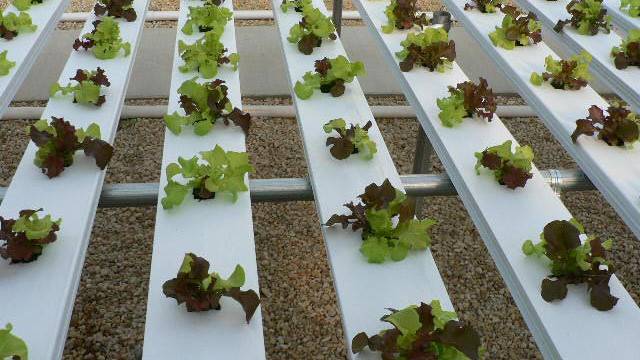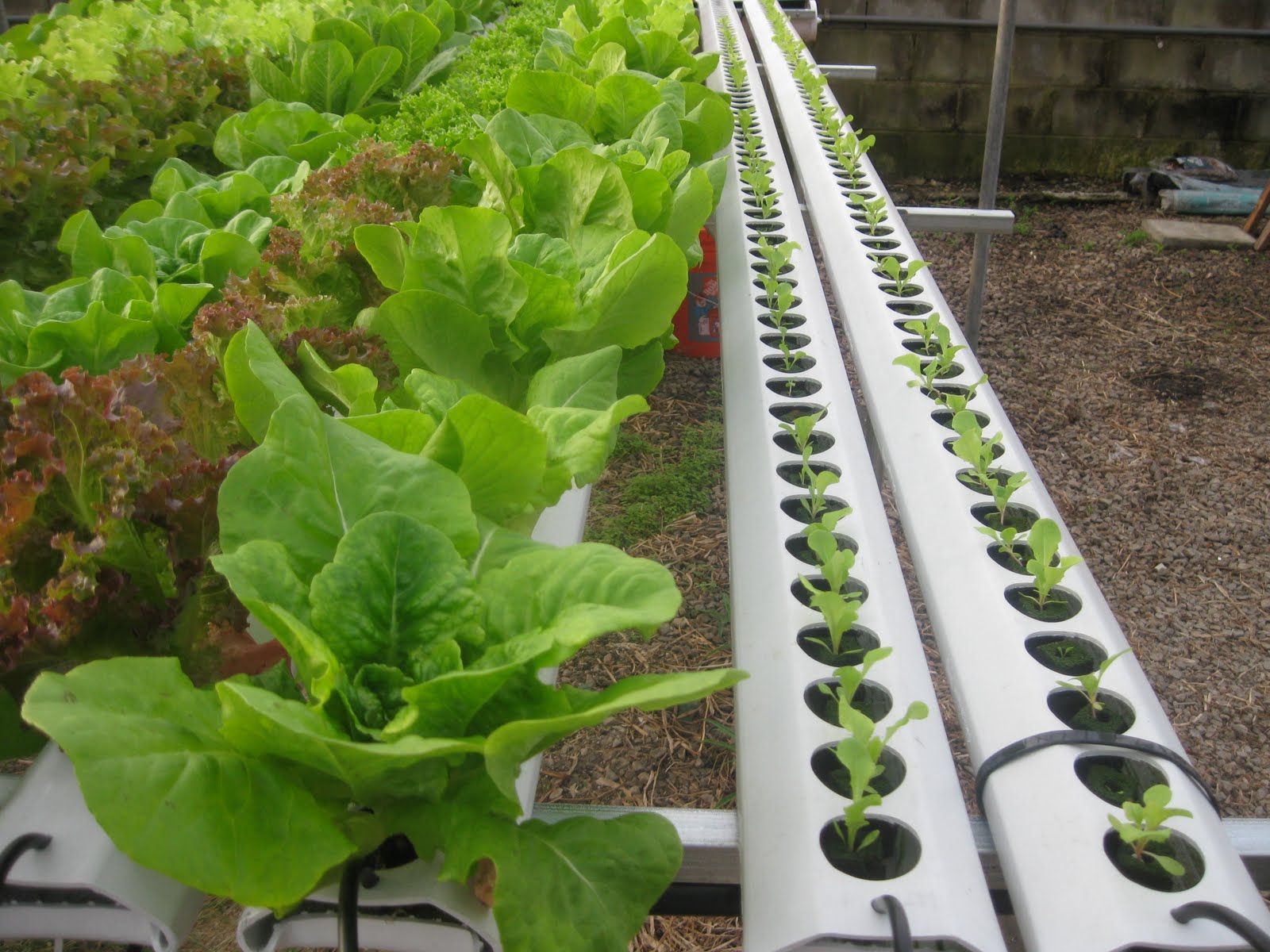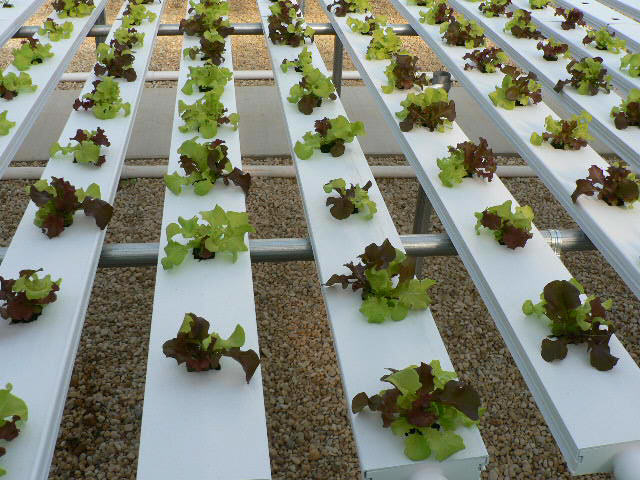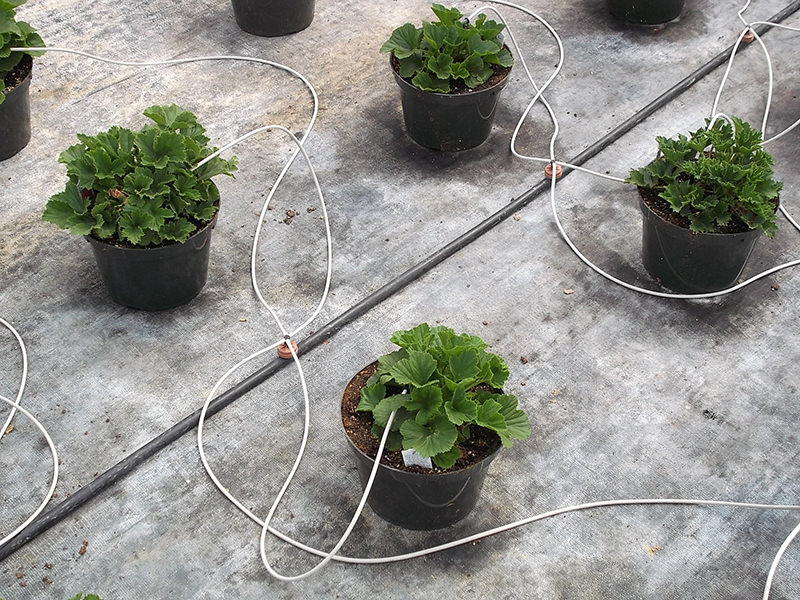Using PRO-MIX® in Hydroponics


The definition of hydroponics is growing plants in a liquid nutrient solution without soil. In classic hydroponic growing systems, the plant roots are either suspended in a liquid nutrient solution or an inert medium such as perlite, gravel or rockwool, with the nutrient solution flowing through the medium. With the increased popularity of indoor gardening, the term hydroponics has been associated with peat-based soilless growing media like PRO-MIX. While in the truest definition, plant production in soilless media is similar to hydroponics, there are some differences in the way it is managed.


With classic hydroponics, the nutrient solution must be very closely monitored for nutrient levels and pH since there is no buffering. Buffering is the ability to resist changes in pH and nutrient levels. If the water source has high soluble salts, the grower will often purify the water with reverse osmosis (R.O.) to remove most elements from the water so there is better control over which nutrients are provided to the plants. In soilless media, water purification is not necessary since it can cause nutrient and pH problems for plants. Soilless media have a buffering capacity to hold nutrients and have been pH-adjusted with limestone to maximize nutrient availability. Purified water has a minimal buffering capacity and does not change the pH of the growing medium. However, the pH of soilless media is greatly impacted by the acidity/basicity of the fertilizer provided by the grower. This pH fluctuation can cause the nutrients to become unavailable or excessive for plant uptake. The optimum soilless medium pH for nutrient uptake is between 5.5 and 6.0.
A second major difference in using a soilless medium for hydroponics versus true hydroponics is the way the plants are watered. With true hydroponics, the nutrient solution is constantly flowing by the roots and must be continuously monitored and adjusted to provide the ideal pH and proper levels of each required nutrient. With a soilless medium, the plants receive nutrients from the soil solution and nutrients retained by the growing medium after being watered with a fertilizer solution. Plants will then take up these nutrients as they are needed. If plants are fertilized each time they are watered, the fertilizer levels in the medium can build up and cause burning of the root tips. To avoid this situation, a grower must leach the growing medium during each watering.

Unlike true hydroponics, water pH is not important when using a soilless medium. In this case, the pH of the growing medium is the primary concern and is greatly influenced by the alkalinity (bicarbonates and carbonates) of the water, not the water's pH. The only way to accurately determine the alkalinity (calcium carbonate levels) is to have the water analyzed by a reputable lab. The ideal alkalinity for most plant productions in soilless media is 80-150 ppm of calcium carbonate. If the alkalinity levels are above 250 ppm of calcium carbonate in the water, it may become necessary to inject acid to neutralize some of the calcium carbonate and to lower the water alkalinity to optimum levels.
In conclusion, several growing practices are used in classic hydroponics that should not be used for soilless media. First, it is not necessary to use purified water (i.e. reverse osmosis). Secondly, while it may seem wasteful, always leach plants when watering. Finally, monitor soilless medium pH, not water pH.